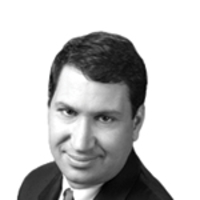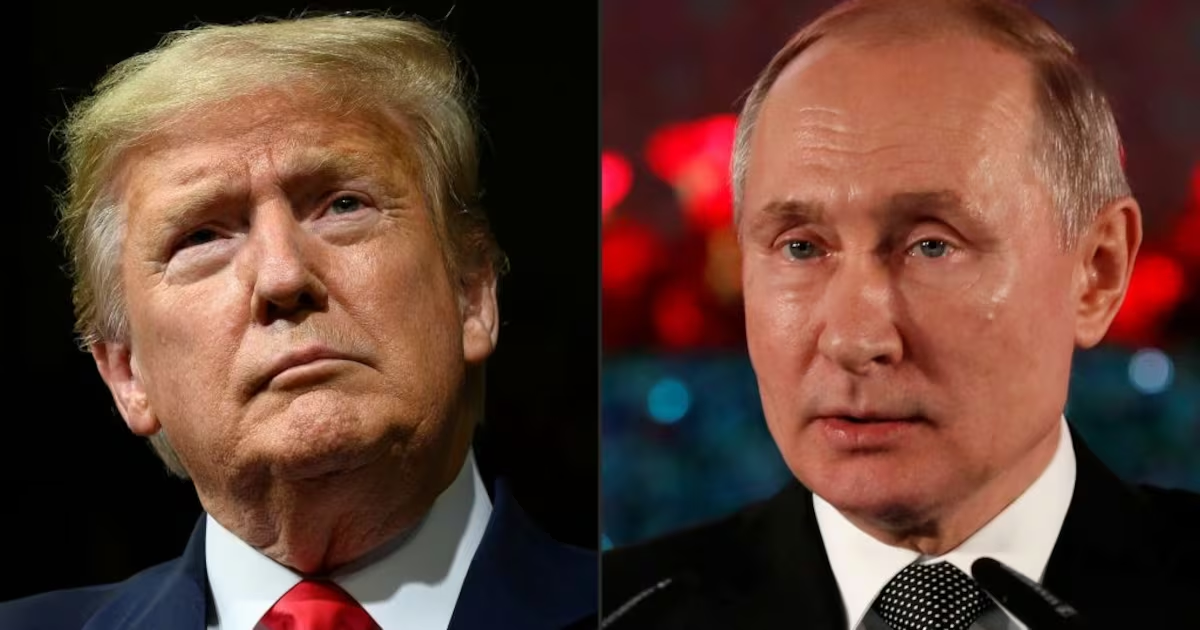Don’t look now, bros but your morning routine is getting disrupted—in a good way.
While stubble, beards, and moustaches may be in vogue everywhere, lots and lots of men feel like they have to shave every day—or at least every other day. Which means they are subject to an industry dominated by a few big players who are quite set in their ways.
For more than a century, the shaving market has been essentially stagnant. In 1901, King Gillette introduced the safety razor in 1901, and the company bearing his name has involved into a huge firm, which is now part of the consumer products conglomerate Procter & Gamble. Schick, the Pepsi to Gillette’s Coke, is the brainchild of Colonel Jacob Schick, who introduced his first safety razor in 1921. Schick is now a unit of consumer products conglomerate Energizer Holdings.
Both offer essentially the same product—relatively cheap, utilitarian shavers and relatively expensive replacement cartridges (up to $4 each). They imbue the products with space-age technology and sex them up with slick marketing. Gillette’s ad campaign features the now-inevitable Kate Upton. Then they recoup the costs by charging an arm and leg.
Today, two upstarts on opposite coasts are attacking the duopoly with tech-influenced business models. In the east, there’s Harry’s, which is best thought of as a sort of Warby-Parker for razors with grand ambitions. And from the west comes Dollar Shave Club, a low-concept, goofier bro-directed brand that aims to take the thought and cost out of shaving.
The two have proceeded on roughly parallel tracks and have gained critical mass.
Harry’s was founded in 2012 by buddies Andy Katz-Mayfield and Jeff Raider, who was one of the co-founders of Warby-Parker. “I had run out of razor blades ,and went to a drugstore, and had a really negative experience,” Katz-Mayfield told me. “They were in the drugstore aisle, and they were locked up in a case, and it took me awhile, and then I bought some razor blades and shaving cream and spent $25.” He continues: “I just wanted something that is functional and well-designed.
Katz-Mayfield got to talking with Raider and “we expressed the idea of building a brand predicated on a really high-quality product, thoughtful design, and doing it at a really affordable price as a way to build trust, respect, and loyalty.” After testing products and building some inventory, Harry’s opened to the public in March 2013.
Like Warby-Parker, Harry’s has its own aesthetic and gives a chunk of its sales to charities. It offers a single five-blade razor. The shavers have preppy names—there’s the $10 Truman and the $20 Winston (naturally, the one named after the British statesman costs more.) But the cartridges cost a mere $1.88 each—including free shaping. Harry’s offers a subscription option, the auto refill, which sends you a fixed number of blades and creams every two months—for $31 every two months, or $186 per year.
Less than a year after its launch, Harry’s has more than 100,000 customers. “Our customer tends to be a 25- to 45-year-old guy who is kind of grown up and considered and thoughtful about purchase decisions and wants a brand that speaks to him as a mature adult,” said Katz-Mayfield.
The company prides itself on the provenance of its blades, which, while cheap, are hardly commodities. “You can’t just go to China and get great blades,” Katz-Mayfield said. After a lengthy process, they hooked up with Feintechnik, based in Esfeld, Germany.
And, to paraphrase another shaving tycoon, Victor Kiam, they liked it so much they bought the company. Earlier this week, Harry’s took a giant leap by raising $122 million from investors including hedge fund giant Tiger Global and using $100 million of the cash pile to buy Feintechnik.
Dollar Shave Club based in Venice, California, has a much more different vibe and a business model that is more direct and democratic. The company is less concerned with design and German engineering and more concerned with fun, convenience, and saving money.
Dollar Shave Club is the brainchild of Michael Dubin, a former NBC page and MSNBC writer who studied improve in New York for several years, and who stars in the company’s hammy, funny ads. Tagline: “our blades are f*****• great.”
“You ask most guys how they feel about buying brand-name razors, they’re frustrated with the choice, the price,” said Dubin. “We thought we would make it easier and more affordable to get something they use every day. These guys don’t want to think about going to the store.”
The way Dubin saw it, razors had become expensive, over-engineered, and over-marketed—a pain across the board. Most guys just want something affordable and effective that they can use to scrape the hair off their face. So forget about sex, and focus on utility. In March 2012, Dubin formally launched Dollar Shave Club.
It is structured as a subscription. You pick one of three levels and Dollar Shave Club takes care of the rest. Every 30 days or so, a bunch of new cartridges show up at your doorstep. The chief appeal is price—the entry level is $1 per month (plus shipping and handling), so $12 per year gets you five two-blade cartridges each month, while the higher-end $9-per-month offering gets you four six-blade cartridges each month. The most you’ll pay, then, is $108 for 48 cartridges and a shaver. Most customers, including Dubin, choose the $6 per month version. The savings over comparable store-bought shaving systems ranges from 30 to 60 percent.
The blades come from an overseas partner, and the company’s 38 employees in Venice focus on marketing, fulfillment, and product development. Who is the target customer? “Just regular American guys who don’t like getting ripped off and who value their time,” said Dubin, who has raised funds from venture capitalists including Silicon Valley giant Kleiner Perkins.
While Harry’s may be gaining scale, Dollar Shave Club boasts more customers—hundreds of thousands, according to Dubin. The company’s doesn’t disclose revenue, or whether it is profitable.
But as it the case with many tech-influenced start-ups, profits are sort of beside the point. Both companies believe they are at the beginning of a long game. According to research firm Mintel, shaving and hair-removal products represented a $4.13 billion market in the U.S. in 2013—below the 2009 inflation-adjusted level. Disposable razors and cartridges accounted for a combined $2.95 billion in sales in 2013. The market has been growing slowly due to the sluggish economy and customers’ continued search for value. That would seem to play into the hands of both Harry’s and Dollar Shave Club.
Back in the day, Gillette and Schick grew to scale by essentially giving away the long-lasting shavers and then selling replacement cartridges. Both these firms have something similar in mind. Yes, they want to profit by selling replacement cartridges. But guys who are in the market for razors and blades are often in the market for other stuff—lotions, creams, wipes. “Ours is a play to own the men’s bathroom,” as Dubin puts it. “We’re developing our own line of grooming and skin-care products.” Dollar Shave Club already offers Dr. Carver’s Easy Shave Butter, a pre-shave lotion, and wipes.
Like Henry Ford a century ago, Harry’s is pursuing a sophisticated strategy of vertical integration—call it “v-commerce” —in order to capture a bigger chunk of the American male’s grooming dollar. In addition to purchasing its main supplier, Harry’s has opened its own barbershop in (where else?) Soho, at McDougall and Houston. “We make our own shaving cream today,” Katz-Mayfield said. “And there are other opportunities in grooming that are interesting.”




